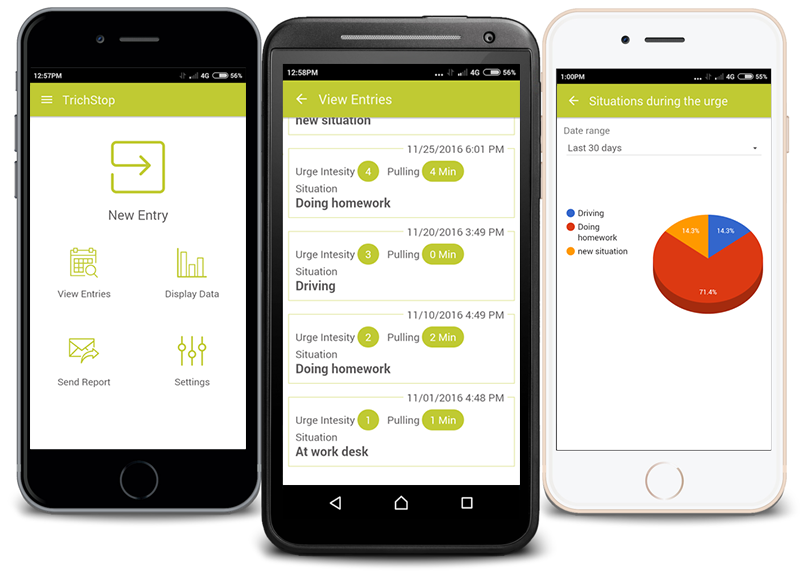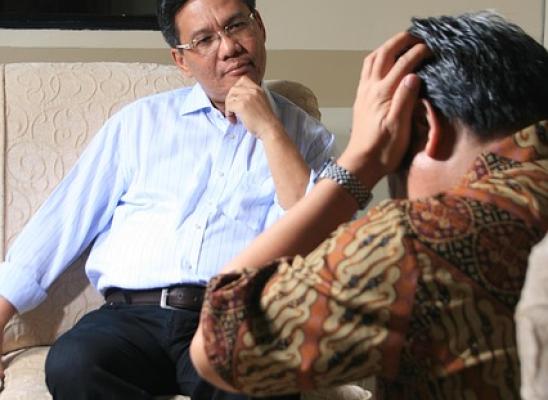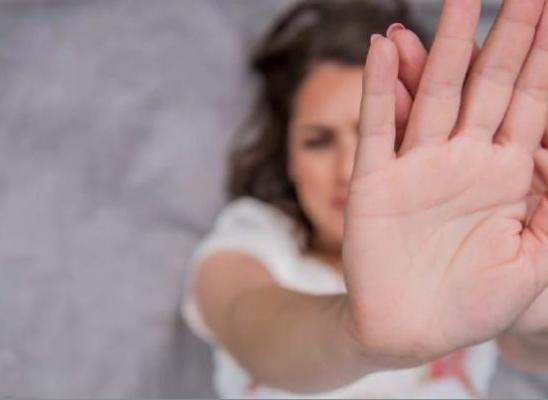How habit awareness can help you stop pulling

Online test
Find out the severity of your symptoms with this free online test
 Research on treatment of trichotillomania is limited. However, some treatment options have helped many people reduce their hair pulling or stop entirely. There are a lot of treatment options to deal with trichotillomania, some may not work for you as much as they work for others.
Research on treatment of trichotillomania is limited. However, some treatment options have helped many people reduce their hair pulling or stop entirely. There are a lot of treatment options to deal with trichotillomania, some may not work for you as much as they work for others.
Habit reversal training
For some people trichotillomania stems from a habitual behaviour, it stands to reason that one method to overcome hair pulling is to reverse the habit. The key to successfully replacing hair pulling with your chosen competing response is to find things that distract you from pulling and practice doing them when you’re tempted to pull. Habit reversal is typically conducted in one or a small number of outpatient treatment sessions. The session is devoted to assessment. The habit reversal protocol is then implemented in the in the second session. The client is taught the treatment protocol in session and implements the treatment procedures whenever the urge to pull occurs outside of the sessions. And finally booster session are used to review the individual’s performance and progress and engage in any problem solving related to the procedure.
Habit reversal is comprised of three main treatment components:
- Awareness training in which an individual learns to become aware of each instance of hair pulling ,
- Competing response training, in which an individual learns to engage in an incompatible behaviour contingent on hair pilling or antecedents to hair pulling.
- Social support in which a significant other helps the client successfully use the competing response to control hair pulling
To stop pulling start with awareness
It is said that to stop habit, you have to start with awareness. It is however important to make clear at this point that trichotillomania is not just habit and doesn't stem from a habit for everyone. Trichotillomania is a clinical disorder, an irresistable compulsion to pull ones hair out to damaging proportions. However, the repetitive and compulsive nature of the disorder has similar characteristics to fixed habits. Some individuals are aware of the urge to pull but however experience difficulties with dealing or managing the behavior. If you want to successfully change te behavior, there are essential steps that you can follow:
Develop awareness and understanding of the problem behavior
Write a detailed description of the behavior you are trying to change, this will help you get more information about your behavior, it is important to not only know what the behavior is but also to know the negative consequences of the behavior and how it might impact your life. Moreover if you want to effectively change a behavior, it is imperative that you understand why you want to change it, it is this understanding that will give you the motivation and courage to fight it.
Monitor the habit
When monitoring your hair pulling, you become consciously aware of what triggers your actions and tend to make better choices. It is important to note the following things:
- How often the pulling occurs ( how often do you pull your hair)
- When are you most likely to pull your hair
- What happens (mentally and physically) before you decide to pull? This will give your insight and help you understand why it’s happening
- What triggers the pulling
- how is it impacting your social life
We recognize that monitoring the behavior is really difficult to monitor so we have developed a free self-monitoring app for this purpose and is available on iOS and Android.

Identify and implement a more appropriate habit
There are many examples of behaviors you can use as competing responses, but not everything will appeal to or work for you. You also want to reduce your exposure to things that triggers the urge to pull, known as stimulus controls. The difference between competing responses and stimulus controls can be illustrated in the examples below:
- Get a stress ball or find an activity to do, basically this refers to making sure that you keep yourself distracted all the time so that you do not think of pulling your hair. Some individuals tend to pull their hair when they are alone and doing nothing, therefore keeping busy and surrounding yourself with caring friends and family might just be the solution to breaking the habit
- Distance yourself from things that trigger your hair pulling. Sometimes what triggers your hair pulling may be those around you. If there is a person who brings out negative feelings which triggers your skin picking you should distance yourself from that person. Always replace negative feelings and people with positives of that regard
Online test
Find out the severity of your symptoms with this free online test
Start your journey with TrichStop
Take control of your life and find freedom from hair pulling through professional therapy and evidence-based behavioral techniques.
Start Now



